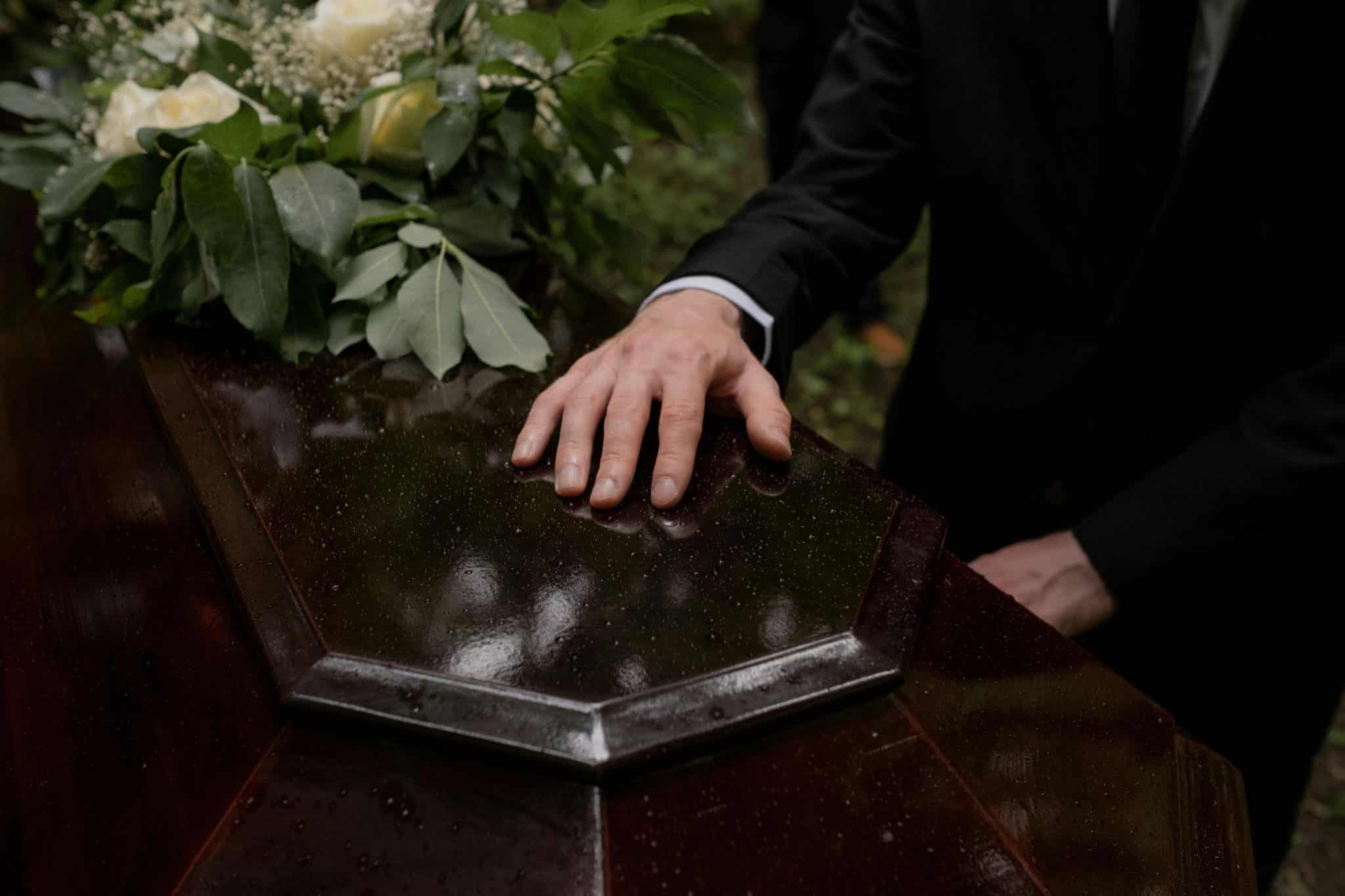Church in the age of COVID-19: How are we doing three months in?
Jamie R // April 27, 2020, 2:08 pm

In the few months since a digital revolution has swept through churches in Singapore, regardless of denomination or size of congregation, challenges, opportunities and lessons abound. Photo from Trinity Christian Centre Facebook page.
It wasn’t too long ago that going to church meant dressing up to travel to a building, usually adorned with a cross, and meeting familiar faces and exchanging greetings – a handshake, a hug – as you made your way to your preferred seat before the worship team came onstage.
Fast forward a month. “Going to church” these days usually means getting out of bed and heading straight for your mobile devices to tune in to the service broadcast “live” via YouTube, Facebook or other similar platforms. (Not everyone is tardy, of course. I know of those who dress up as a family to “attend” service together.)
The increase in Christian sermons and related content online is a double-edged sword.
Yes, COVID-19 is not only exacting a tremendous toll on people’s health the world over. It has also turned our daily routines and lives upside down. The Church in Singapore is not spared.
With the aim of “flattening the curve” through strict social distancing measures, the Government earlier suspended church services and gatherings on March 26 until April 30. With last week’s announcement that the “Circuit Breaker” period will be extended until June 1, it will be some time yet before anyone sets foot into church.
And in one moment, out went the “usual” way of going to church. Bishops, vicars and pastors alike had to scramble to figure out the systems and equipment needed to hold services online. A digital revolution swept through the churches, regardless of denomination or size of the congregation.
God’s status: Online
Despite this past Easter being the first in the history of the Singapore Church to have been celebrated online exclusively, the numbers were encouraging. Faith Methodist Church saw 11,000 views for its online English service on Resurrection Sunday. Bethesda Bedok-Tampines Church (BBTC) saw 13,000 views across its three services on the same day. Their English service usually sees an average of 6,000 to 8,000.
For some, moving church online was not too painful. Trinity Christian Centre began live-streaming its services on Facebook about two years ago as it recognised the needs of those who travelled for work as well as those who were unwell and physically unable to be in church.
“Our team has prayed for (those who have sent in prayer requests) and we have heard testimonies of healing and job provision.”
Lead pastor Dominic Yeo told Salt&Light: “That move turned out to be God’s amazing way of better preparing us for such a time as this.”
People have been sending their prayer requests online, which are fielded by Trinity’s online team.
“Our team has prayed for them and we have heard testimonies of healing and job provision. Some who have not been in church for some time got re-connected to the community through the online services,” Pastor Dominic said, adding that a recent weekend saw seven who received Christ through such services.
For St John’s-St Margaret’s Church, the response since it moved completely online on March 19 has been “positive”.
“This season is a test of, and a testament to, our relational hygiene. How close are our church members?”
“Even though the channels and platforms are fairly new to us, we are seeing SJSM members participating actively and enthusiastically on live chats for online services,” the church said.
It has also been encouraged by how God continues to heal even though there is a physical distance.
On March 28, the church received a testimony of a woman who suffered from a blocked right ear since the third quarter of 2019 and wasn’t responding to medical care.
“After her prayer request was received via Facebook Messenger during service, a prayer companion prayed over the phone for her and the blockage and discomfort was cleared. Glory to God!”
Double-edged sword
The increase in Christian sermons and related content online is a double-edged sword. On the one hand, churches have been forced to use technology to evangelise through creative means. Pastor Yeo said this has awakened churches to the possibility of enlarging their tents to reach more people.
However, the flip side is the problem of “sermon shopping” among believers and how it could cause them to untether from their home church, he pointed out.
The flip side is the problem of “sermon shopping” and how it could cause believers to untether from their home church.
“Like it or not, opportunities abound in cyber space. Believers suddenly have a wide spread of options and may not necessarily attend their home church’s online service. It’s a form of consumeristic convenience mentality,” he warned.
Another aspect that churches have to wrestle with as they go online is to make sure the older people in the congregation are not left out.
SJSM, for one, said that as cell group meetings and other gatherings take place online via video-conferencing platforms like Zoom, the concern is with the elderly in the church community. “Not only because we want to be assured that they are doing well, but also because they are less likely to take to unfamiliar technologies easily,” it said.
Deputy senior pastor of Bethesda (Bedok-Tampines) church, Edric Sng, said the knock-on effect on smaller churches that are already struggling financially is not being able to get their older congregants to tithe online.
“Yet rental and overheads must still be paid. Some pastors are forgoing their salaries just to help their churches balance the books. It’s a worrying time for many,” Pastor Edric said.
Test and testament
As churches come to grips with this new normal, Pastor Edric said a “huge benefit” of this season is seeing “a lot of intentionality” to include the Gospel call for salvation in the church’s online product.
“Watching online services is great but coming together to experience God is greater.”
He also observed that during this pandemic season, three things are being tested:
- Spiritual hygiene: Prayer, repentance, watching our life and doctrine
- Physical hygiene: Precautionary measures as directed by the Government
- Relational hygiene: The strength of our fellowship
“We’ve found this season to be a test of, and a testament to, our relational hygiene. How close are our church members? Will they go the extra mile for one another?”
This relational hygiene was also highlighted by Trinity’s Pastor Dominic. He said there is a need for more intentional fostering of strong church communities.
“Believers need to want to be in church, not in their living rooms.”
To do so, regular catch-ups – he suggested twice a week – via phone and video calls help people to see, share and pray for each other “face to face”. There is also a need to rally the congregation to set aside time to read God’s Word and pray.
He also stressed the need for churches to build and communicate a strong vision so as to emerge from this season on firm foundations.
“Watching online services is great but coming together to experience God is greater. There’s simply no replacement for gathering together physically as a body of Christ and experiencing the presence of God,” Pastor Dominic said.
“Believers need to want to be in church, not in their living rooms.”
Business down by up to 97%, yet these restaurant owners are still giving to the community
We are an independent, non-profit organisation that relies on the generosity of our readers, such as yourself, to continue serving the kingdom. Every dollar donated goes directly back into our editorial coverage.
Would you consider partnering with us in our kingdom work by supporting us financially, either as a one-off donation, or a recurring pledge?
Support Salt&Light



